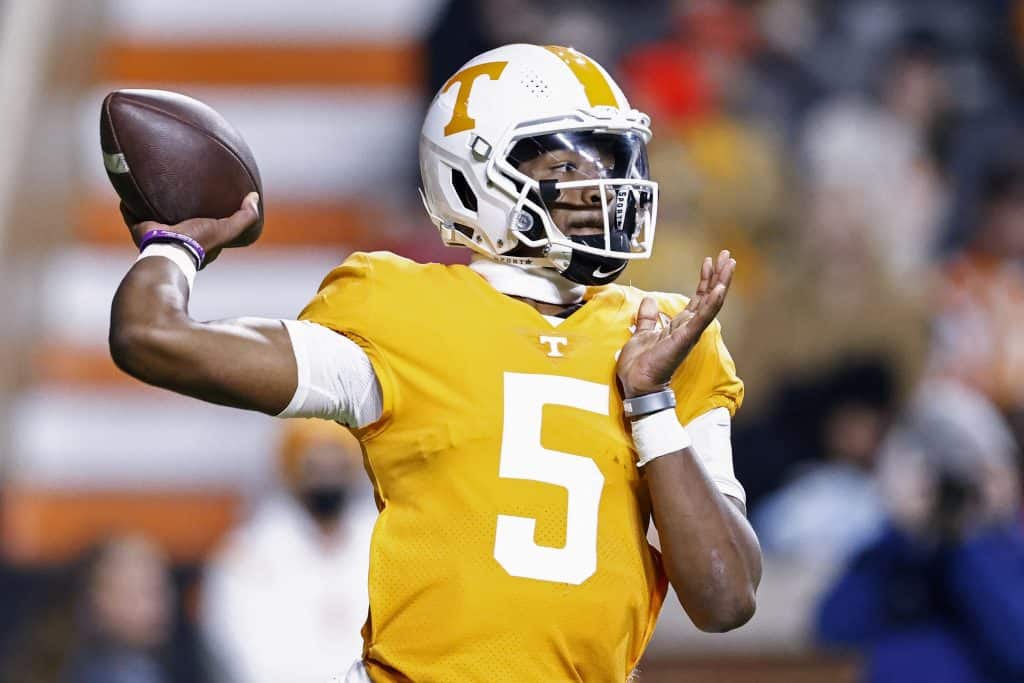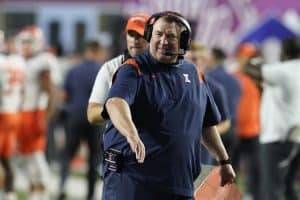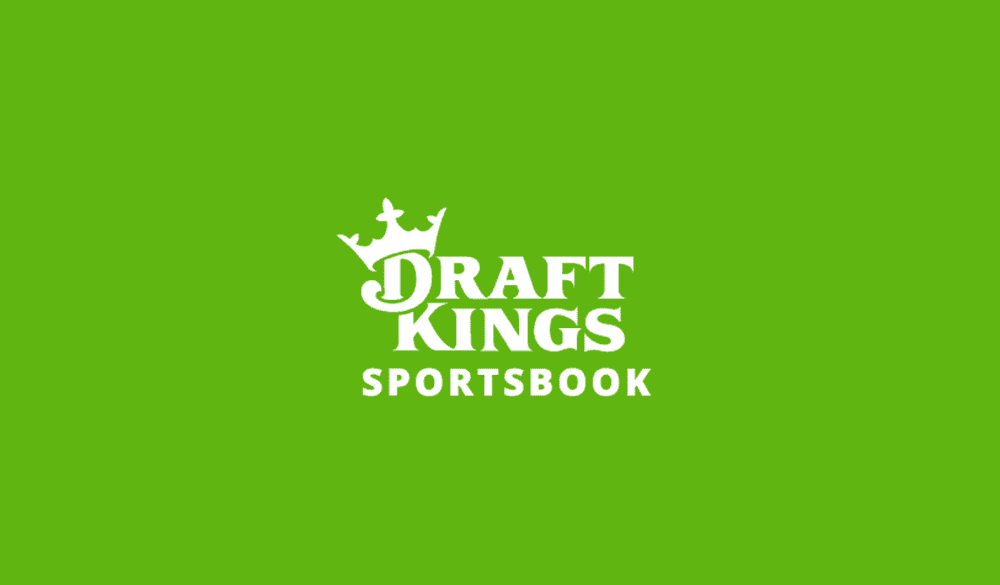Each installment of Isaiah’s Methods & Opinions (IMO) is brought to you by No House Advantage, a cutting-edge daily fantasy site that allows users to risk little and win big in over 30 states. Bet VS. THE HOUSE to win up to 21x your money or play in PICK’EM CONTESTS against other users! New players can secure up to a $100 deposit match by registering with No House Advantage today! This week’s column will focus on passing efficiency and what it reveals for next year’s college football betting landscape.
We don’t have any NFL action in store until next weekend, so I’ll hold off on providing you with my Super Bowl takes until then. Instead, we’ll pivot back to the world of college football. I’ll be here every Monday and Friday for another installment of Isaiah’s Methods & Opinions (IMO)! Twice each week, you can trust me to break down the betting trends and sports news that will give you an edge on the sportsbooks.
No sports bettor can hit every bet, but the key to profitable sports gambling is to develop a successful process — or method — for identifying sharp wagers. It’s the application of sharp opinions to that method that separates the wheat from the chaff in the sports gambling world. If your priors are wrong, you’ll end up sweating more bets than you must.
This column will help bettors develop sharp methods and come to well-informed opinions.
Isaiah’s Methods: Using Passing Efficiency in College Football | Sponsored by No House Advantage
A good quarterback goes a long way, especially in college football. That’s why teams have been so willing to sell out to get them in the transfer portal and via NIL deals. But with so many games going on each weekend, it can be hard to differentiate the high-quality quarterbacks from the field. Fortunately, passing efficiency can do a lot of that legwork for you.
In college football, passing efficiency takes a quarterback’s positive contributions, like yards, passing touchdowns, and completions, then weighs them — yards are multiplied by 8.4, touchdowns by 330 and completions by 100. Interceptions, which are multiplied by 200, are subtracted from this total. That number is then divided by the quarterback’s total passing attempts.
Although other, more advanced metrics like completion percentage over expected (CPOE) and expected points added (EPA) per play may provide deeper insight, those statistics are not as readily accessible for college football as they are for the NFL. Passing efficiency, which you can find on Sports Reference or the NCAA’s own site, is far easier to follow during the season.
But how much value does passer rating carry? A lot. Teams with quarterbacks who finished top 10 in the metric went a combined 77-50 (60.6%) against the spread. Only one of those teams, Coastal Carolina, had a losing record. The top 15 teams went 113-82 (57.9%) against the spread. The median cover percentage among that sample was 57.1%. Two of college football’s best five teams against the spread last year, Tennessee and Tulane, had quarterbacks who finished top 10 in passing efficiency.
Although betting on every team with the more efficient quarterback isn't a smart or profitable strategy, it's vital to know which teams have an advantage under center. This information can prove especially helpful should an efficient quarterback get injured because the market may not correct enough for their absence. Conversely, the market may overcorrect for an injury to an inefficient quarterback. These insights can help you handicap both games and player props at places like No House Advantage.
Passer rating also has value as a predictive stat for the next season. Quarterbacks rarely record an exceptionally efficient season one year and disappear the next. This year's top three quarterbacks in passing efficiency, C.J. Stroud, Hendon Hooker and Grayson McCall, also finished inside the top three in 2021. That means a team with an efficient quarterback making their return -- or a team getting an efficient quarterback out of the transfer portal -- makes for a solid target on futures markets.
Isaiah's Opinions: Expect Big Things From Notre Dame, Tennessee & Ohio
Using passing efficiency as a lens through which to view the upcoming 2023 college football season reveals a few teams to target both early in the year and on futures markets. The metric points to good things for a few teams, but I want to focus on three: the Notre Dame Fighting Irish, the Tennessee Volunteers and the Ohio Bobcats. All three have quarterbacks who posted efficient numbers in 2022.
Notre Dame managed to score Wake Forest quarterback Sam Hartman from the transfer portal. Hartman finished 2022 ranked 15th in passing efficiency (159.41) and helped the Demon Deacons score a dominant win over an SEC opponent in this year's Gasparilla Bowl. Hartman threw for 280 yards and three scores in the victory.
Hartman's impressive 2022 season followed two seasons of solid play. He recorded a grade of 138.7 in 2020 and one of 148.6 in 2021. If Hartman can keep trending up, Notre Dame may have a sufficient threat under center to push for the national championship. Although question marks remain concerning head coach Marcus Freeman, and the team just lost offensive coordinator Tommy Rees, the Fighting Irish should at least improve upon their 9-4 record from last season.
The Tennessee Volunteers will lose star quarterback Hendon Hooker this offseason, but backup Joe Milton III has flashed more than enough talent for Volunteers fans to enter 2023 with confidence. Milton recorded a higher passing efficiency grade (204.3) than Hooker (175.5). While Milton produced those numbers against softer competition and played in a much smaller sample, his Orange Bowl grade against Clemson (178.5) proves that he can handle tough competition in big moments.
The Volunteers have a number of other offensive weapons leaving the program. Wide receivers Cedric Tillman and Jalin Hyatt have left for the NFL, but the next men up, Bru McCoy and Squirrel Wright, flashed plenty of talent as well. McCoy and Wright combined to catch 13 passes for 156 yards and two scores in the Orange Bowl. That the Volunteers got such efficient play out of their backups means that Hooker's departure shouldn't doom the program. Tennessee's players will make for great targets on the player prop markets at No House Advantage.
Lastly, the Ohio Bobcats lost star quarterback Kurtis Rourke to an ACL tear in November, but he'll return to the program in 2023. While he may not be ready for Week 1, he should take the field again early enough to keep the Bobcats in contention for the MAC title. Rourke had led the Bobcats to an 8-3 overall record and a 7-1 conference record before his injury. Unfortunately, Ohio floundered without him and lost the MAC championship game to the Toledo Rockets.
If Rourke is healthy for the start of conference play, Ohio should win the MAC next year. Rourke's exceptional passing efficiency grade (167.7) makes him the best MAC quarterback by a wide margin. The conference's next-best passer, Kent State's Collin Schlee, ended the year ranked 56th in the metric (137.9). The pronounced disparity in quarterback talent across the MAC makes backing the Bobcats a reasonably safe bet -- although you'll want to follow along with news of Rourke's rehab process during the offseason.





























